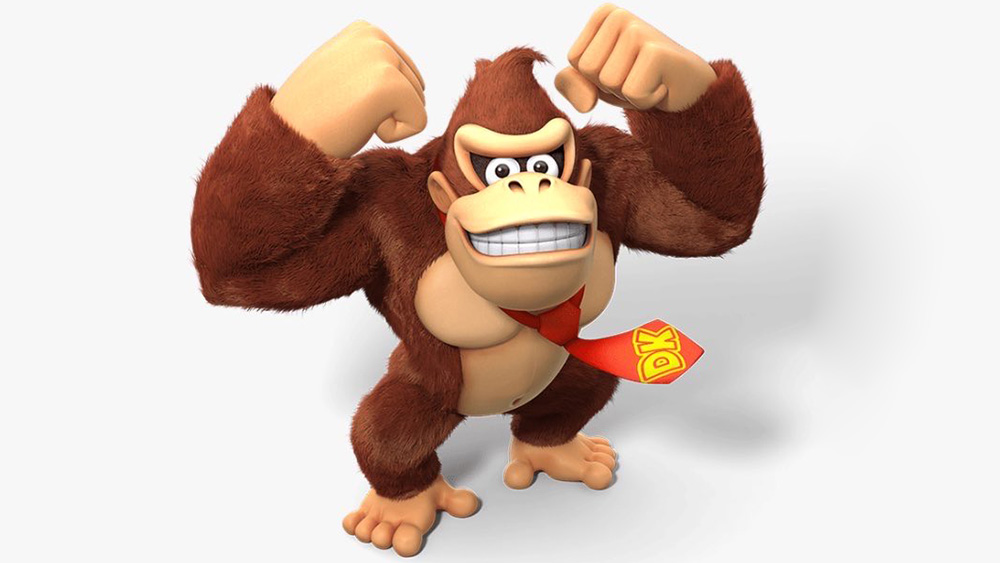Concerned that your career is standing still? Worried about the threat of AI? As the design industry evolves, staying ahead often requires mastering new tools or software, as well as bearing in mind design trends. But before diving into learning a new technical skill, it’s worth considering what creative leaders and hiring managers actually want to see from designers today.
To help you head in the right direction, we spoke with a number of art directors, creative leads and design studio founders to uncover the skills that truly set great designers apart.
Their answers go beyond traditional design abilities (it's not about bingeing on Photoshop tutorials) and touch on qualities that define a well-rounded creative professional. So if you're looking to grow as a designer this year, follow these tips to help you do so effectively.
01. Build your ambition and confidence
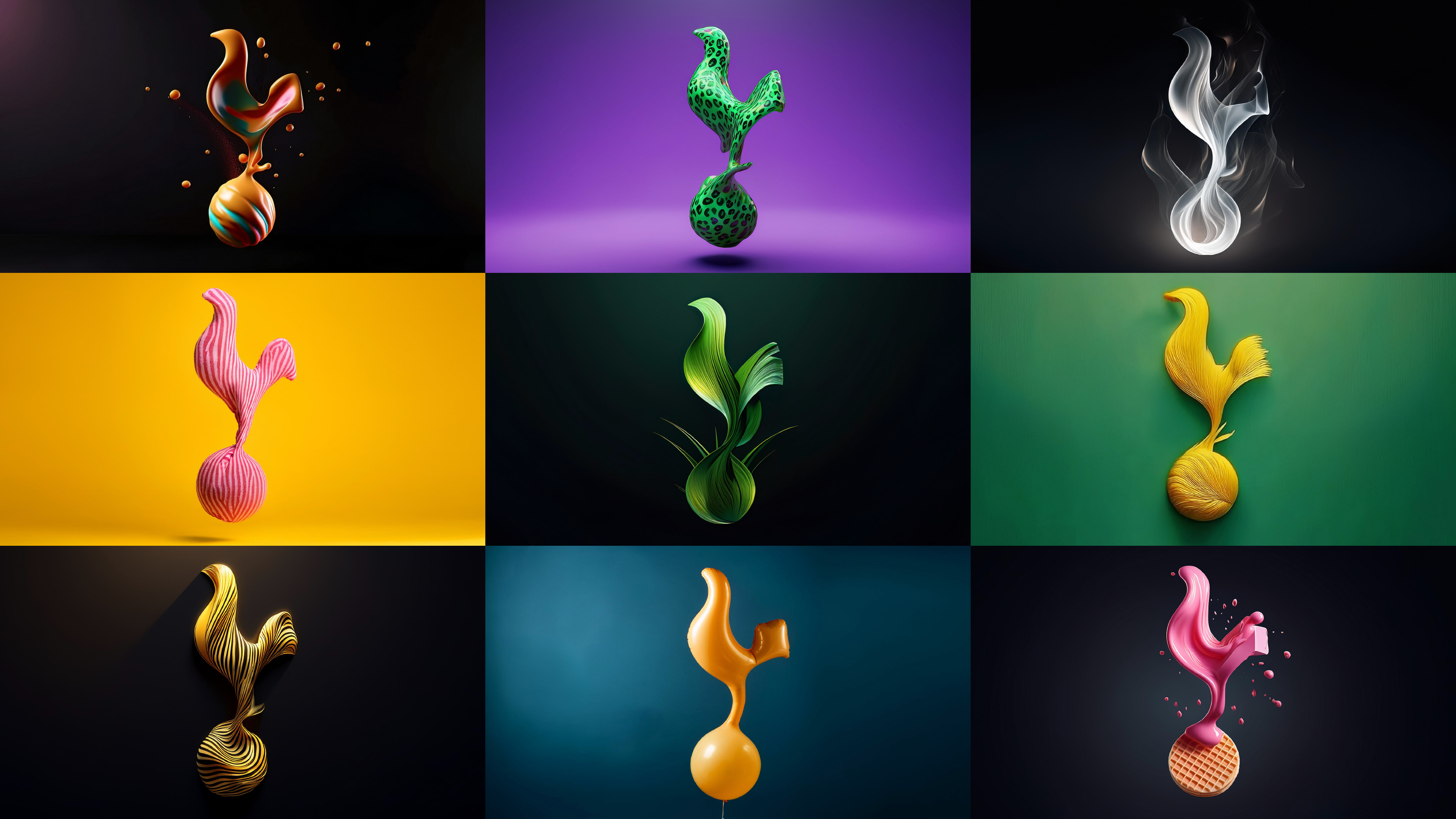
First of all, to really push your creative boundaries, you need to develop the confidence to take risks and the ambition to explore beyond your immediate role. The best designers are open to play, experiment, and learn—constantly seeking inspiration outside their comfort zone.
“I do think behaviourally there are things we can do to better ourselves," says Terry Stephens, founder and executive creative director at Studio Nomad. "Being open to play, experiment and learn is hugely important in my eyes. Have the ambition, confidence and drive to go beyond the area you're working in and look for inspiration and learnings that you can apply to your work in a way that's relevant to you.”
02. Embrace the unexpected
Playing it safe leads to predictable work, which helps to pay the bills. But true creativity comes from experimentation – even if it means failing along the way. Instead of obsessing over perfection, embrace the unexpected and push your designs into bold, unconventional territory.
Take the advice of Jenny Theolin, educator and creative director at Studio Theolin. “Spotless and flawless design bores me; ‘ugly’ design gets my attention," she explains. "I want to see more thinking, mindfulness, and a more conceptual approach to your work. Get really good at being really shit; upgrade to downgrade. I’d rather see you experimenting, testing and fearlessly prototyping with the tools available to you than contemplating your next software purchase. When you embrace this, the quality of the result, and its aesthetics, will be evidence aplenty.”
03. Seek out new perspectives
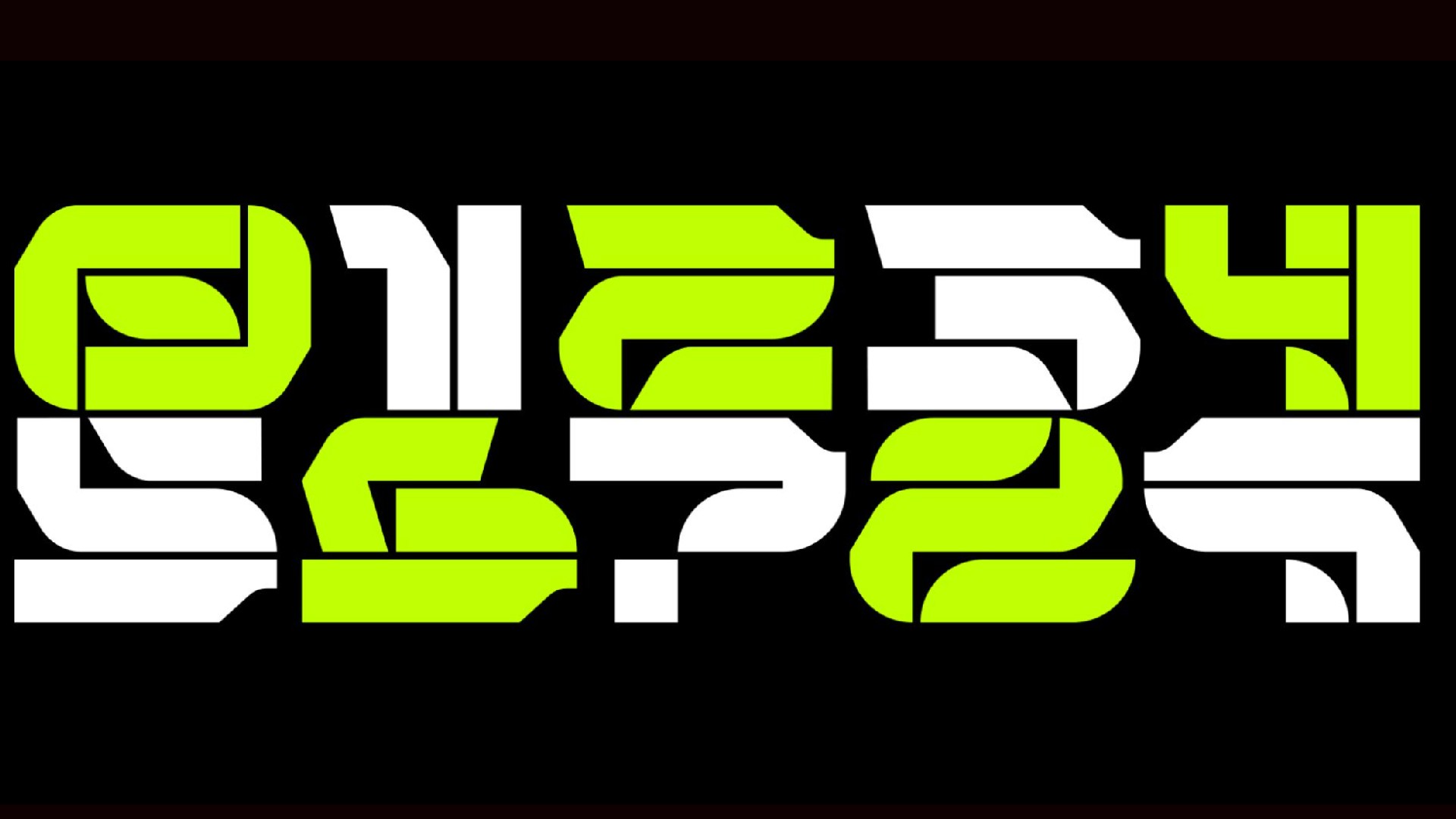
Great design isn’t just about what you create – it’s about how you grow as an individual. Broadening your perspectives through books, travel and new experiences will make you a stronger, more well-rounded designer.
If you’re going to develop as a designer you need to develop as a person
Craig Ward
“Expanding yourself outside of the day-to-day is an important skill in itself," says Craig Ward, design director at Ward Studio. "It’s really easy to get lost in that and not find time to read something new, watch something different, visit someplace and get lost, etc. Easier said than done I’ll grant you, but if you’re going to develop as a designer you need to develop as a person."
04. Stay adaptable
The most successful designers aren’t just skilled – they’re constantly learning and evolving with the industry. Staying curious, absorbing inspiration from the world around you, and embracing change will keep your work fresh and relevant.
“I think that a truly successful graphic designer will have developed an innate ability to continually grow and adapt to their ever-changing environment," says Ben Christie, founder and creative partner at Magpie Studio. "With that in mind, they should always be looking and learning. Sucking up as much of the world as they can. Sustained designer nourishment.”
05. Grow your ability to solve problems

At its core, design is about solving problems in new and unexpected ways. Training your mind to think creatively and strategically will make you invaluable as a designer. And so as Stuart Radford, executive creative director at Design Bridge and Partners, advises: “Invest in your brain. Continuously develop your capacity to think creatively and solve problems. The ability to consistently come up with original and unexpected ideas is more valuable than anything.”
06. Embrace uncertainty
Vanessa Eckstein, creative director at Blok Design, believes the key to becoming a better designer is all about freeing your mind. You need, in her words, to: "Think expansively about problems in ways that accepts uncertainty and paradox and raises new questions."
See how far a concept can go. And then take it there!
Vanessa Eckstein
The problem is, however, that we rely on data and measurability so much these days, we're in danger of losing the deep understanding and insights that are at the core and essence of original thought.
So what's the solution? "Create projects that will push your boundaries and that of the idea in your mind," she advises. "See how far a concept can go. And then take it there! In my case I love collaborating with great thinkers, artists, architects etc. and learn by doing."
07. Find things to excite you
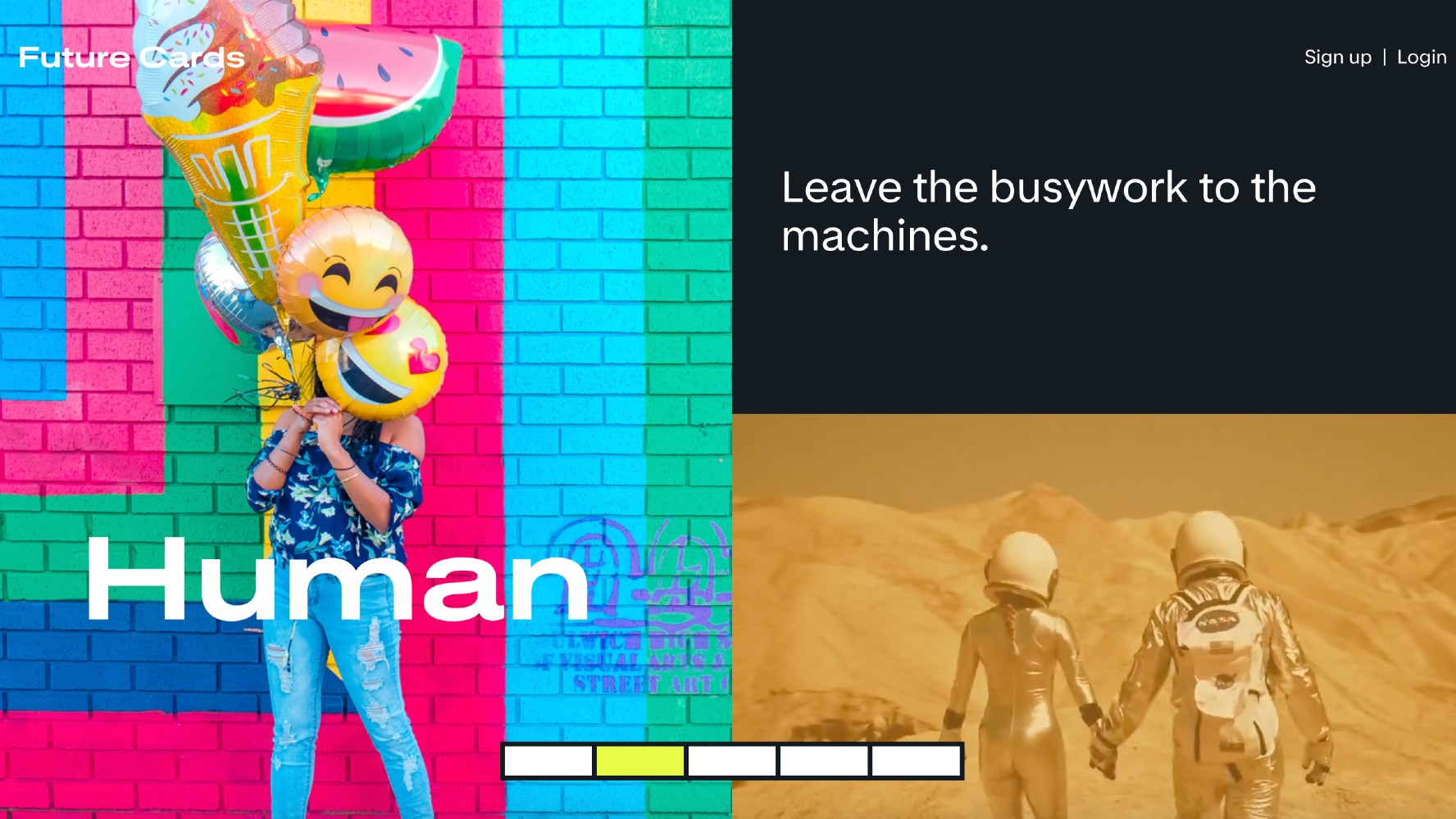
Passion fuels originality, and the best designers are those who stay true to what excites them. Instead of following trends or fitting into industry norms, lean into what makes your perspective unique.
As James Hurst, creative director at Tinder and Punk Works, puts it: “A problem isn't solved by people who think the same. So find ways of thinking differently. Some of it can be answered by 'identifying the skills you need' but a much bigger part is about 'being true to who you are and what you're passionate about'. If you can keep the spirit alive of doing shit you love, you'll hopefully not fall into the trap of trying to be the same as everyone else.”
08. Improve your communication skills
Developing as a designer is all about building your core design design skills, knowledge of the design process and understanding user experience. And if there were two words that summed all that up neatly, they would be 'communication skills'.
"Strong communication skills, including critical thinking, problem-solving ability and project management, are all vital to your development," says Bill Strohacker, designer and educator at Strohacker Design School.
09. Develop soft skills
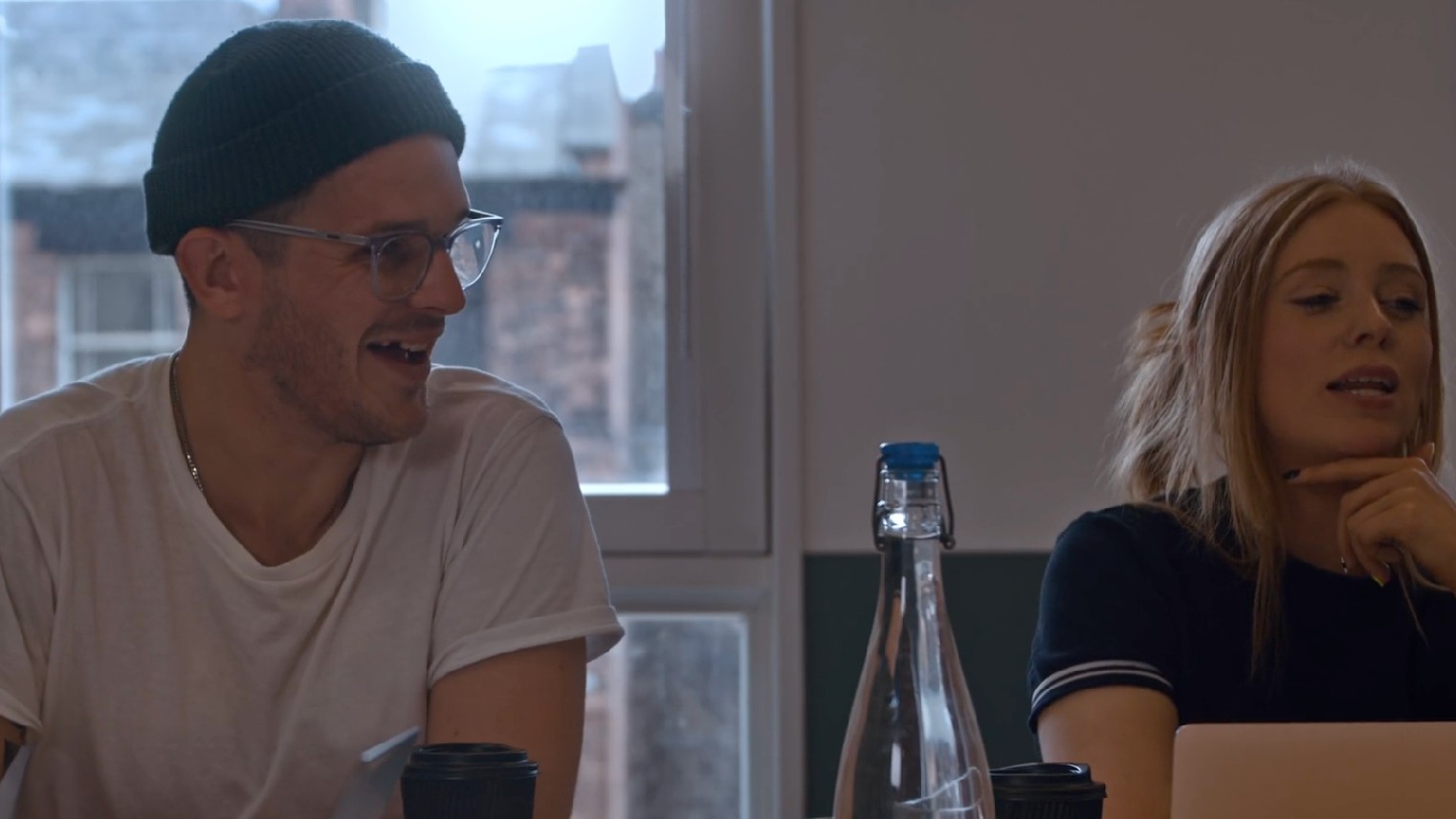
Finally, technical skills may get you noticed, but teamwork, and professionalism will make you indispensable. And so being reliable, collaborative, and accountable is just as important as having an eye for great design.
Accountability towards your work and effort, good communication skills and general punctuality is just as important as design chops and creative flair
Dan Rose
“One thing that we look for with every member of our team is good soft skills," says Dan Rose, creative director at We Make Awesome Things. "And by this, we mean the basic professionalism and attitude towards being part of the studio and team. Accountability towards your work and effort, good communication skills and general punctuality is just as important as design chops and creative flair. You’re going to be working alongside people who are all striving towards the same thing; creating something that wows your client and their audience.
"To do that and to get the best out of a project, and ensuring that the project runs smoothly across the team, your soft skills will be key. We look for someone who has desire, yet, good personable skills and attitude to be part of our team. This underpins all the creative work to do the job perfectly.”
For more creative inspiration, see our upskilling courses for 2025 and the winners of the 2024 Brand Impact Awards.

Thank you for reading 5 articles this month* Join now for unlimited access
Enjoy your first month for just £1 / $1 / €1
*Read 5 free articles per month without a subscription

Join now for unlimited access
Try first month for just £1 / $1 / €1
Get the Creative Bloq Newsletter
Daily design news, reviews, how-tos and more, as picked by the editors.

Tom May is an award-winning journalist and editor specialising in design, photography and technology. Author of the Amazon #1 bestseller Great TED Talks: Creativity, published by Pavilion Books, Tom was previously editor of Professional Photography magazine, associate editor at Creative Bloq, and deputy editor at net magazine. Today, he is a regular contributor to Creative Bloq and its sister sites Digital Camera World, T3.com and Tech Radar. He also writes for Creative Boom and works on content marketing projects.
You must confirm your public display name before commenting
Please logout and then login again, you will then be prompted to enter your display name.
